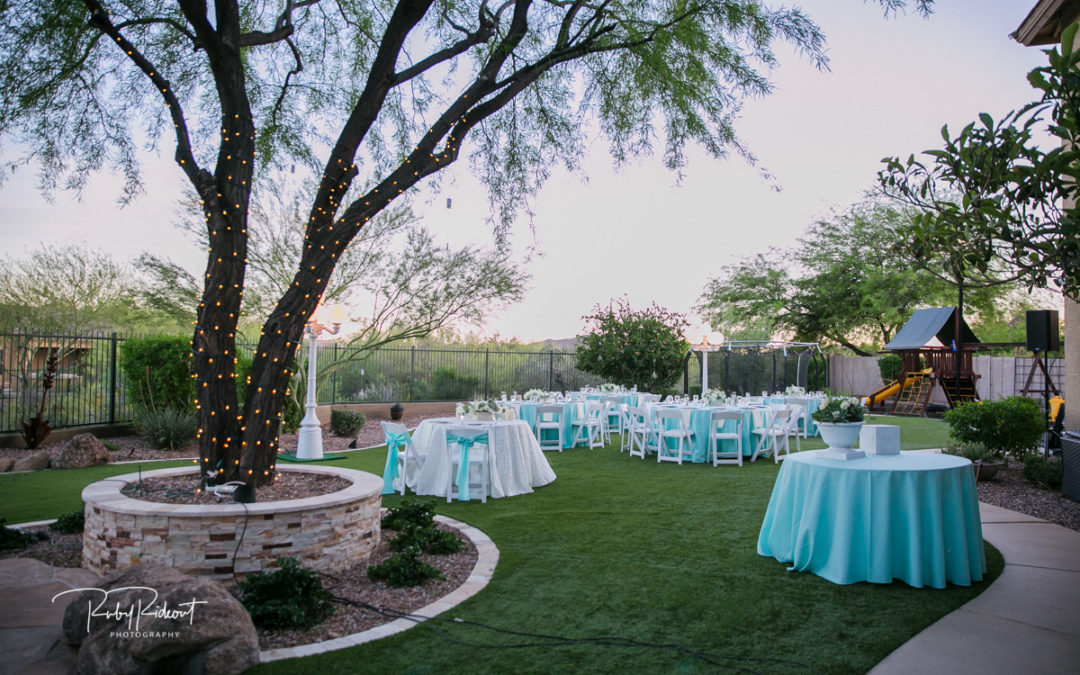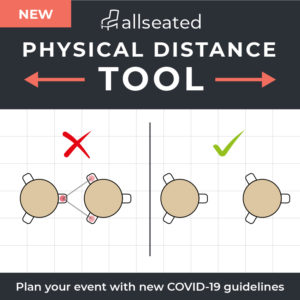
Safety Wedding Planning Checklist is here to guide you through these uncertain times. With Covid- 19 to surely leave a lasting impression on all of us we made sure to create this updated checklist especially as the country slowly starts re-opening, we still have that dreadful feeling in the pit of our stomachs. Asking questions like “how will this affect my wedding or event?”, “Will there be a second wave?”,”Should I reschedule my fall wedding or event again?” These are only of the few questions but definitely legitimate questions to ask right now. The only honest answer I have for you is to ask you a question, “How comfortable do you feel about having your event with the number of guests you’re having?”
As an event planner, my best advice to all who are planning a fall or winter event s to keep an open mind. As much as I would love to inform you that everything will be okay come October, November, and December, unfortunately I can’t. I don’t even know what tomorrow will bring. I definitely have been on top of the news, nationally and locally, so I am in the know with what the new mandates and regulations everyone has to abide by.
With that being said, the CDC has updated its guidelines to take into consideration for gatherings such as conference, concerts, festivals and weddings. After reviewing the report, here are the takeaways that everyone in the event planning team needs to know.
General Assessment
- Addition to local guidelines. These new guidelines should be considered as a supplement to state or local guidelines.
- Postpone, cancel, or reduce capacity is still the best strategy. While the CDC realizes many states are reopening, event professionals should continuously assess whether to postpone, cancel, or significantly reduce attendance.
- Duration and size of the gathering matter. The more people and the more time they spend together, the higher the risk of contagion.
Risk Scale
The CDC reports four levels of risk:
Lowest risk: Virtual-only activities, events, and gatherings.
More risk: Smaller outdoor and in-person gatherings in which individuals from different households remain spaced at least 6 feet apart, wear cloth face coverings, do not share objects, and come from the same local area (e.g. community, town, city, or county).
Higher risk: Medium-sized in-person gatherings that are adapted to allow individuals to remain spaced at least 6 feet apart and with attendees coming from outside the local area.
Highest risk: Large in-person gatherings where it is difficult for individuals to remain spaced at least 6 feet apart and attendees travel from outside the local area.
These levels suggest, in line with what the WHO recommends, that only virtual events are risk-free at this stage.
Attendee Considerations
Here is a summary of the most notable attendee-related elements of communication:
- Advise employees and attendees to stay home if they have tested positive for COVID-19 or are showing COVID-19 symptoms.
- Advise employees and attendees to stay home and monitor their health if they have had a close contact with a person who has symptoms of COVID-19 within the past 14 days.
- Encourage attendees to wash hands often and cover coughs and sneezes.
- Encourage attendees ahead of the event to bring and use cloth face coverings at the event.
- Include messages (for example, videos) about behaviors that prevent the spread of COVID-19 when communicating with staff, vendors, and attendees (such as on the event website and through event social media accounts).
- As feasible, offer options for attendees at higher risk for severe illness that limit their exposure risk (e.g. virtual attendance).
- Advise attendees prior to the event or gathering that they should not attend if they have symptoms of, a positive test for, or were recently exposed (within 14 days) to COVID-19.
These considerations are in line with what was previously shared by the WHO. There is a clear indication to step up communications and invite people to use face masks or cloths.
Layout Considerations
- Limit attendance or seating capacity to allow for social distancing, or host smaller events in larger rooms.
- Use multiple entrances and exits and discourage crowded waiting areas.
- Block off rows or sections of seating in order to space people at least 6 feet apart.
- Eliminate lines or queues if possible or encourage people to stay at least 6 feet apart by providing signs or other visual cues such as tape or chalk marks.
- Offer online attendance options in addition to in-person attendance to help reduce the number of attendees.
- Add physical barriers, such as flexible plastic screens, between bathroom sinks and beds, especially when they cannot be at least 6 feet apart.
- Post signs in highly visible locations (e.g., at entrances, in restrooms) that promote everyday protective measures and describe how to stop the spread of germs by properly washing hands and properly wearing a cloth face covering.
These guidelines reinforce what we have in our Updated Safety Wedding Planning Checklist.

Focus on Local Area
The CDC confirms our call for local meetings as a safer alternative:
“Consider limiting event attendance to staff and guests who live in the local area (e.g., community, city, town, or county) to reduce risk of spreading the virus from areas with higher levels of COVID-19. If attendance is open to staff and guests from other communities, cities, town or counties, provide information to attendees so they can make an informed decision about participation.”
Food And Beverage
Some considerations worth noting for food and beverage:
- Avoid offering any self-serve food or drink options, such as buffets, salad bars, and drink stations. Consider having pre-packaged boxes or bags for each attendee.
- Use disposable food service items including utensils and dishes. If disposable items are not feasible or desirable, ensure that all non-disposable food service items are handled with gloves and washed with dish soap and hot water or in a dishwasher.
- Use touchless payment options as much as possible.
- If a cafeteria or group dining room is used, serve individually plated meals or grab-and-go options, and hold activities in separate areas.
For the CDC’s detailed report, click here.
The Bottom Line…
- The new CDC guidelines give event professionals a framework to follow but, in essence, confirm that only virtual events remain the safest strategy.
- Hybrid events are also encouraged to include those more exposed to the risk of illness.
- Some professionals are reacting on how the new guideline and how it is failing to address issues such as indoor events.
- Make sure to download our updated Safety Wedding Planning Checklist to guide you to the right direction.
We’re Here to Help…
We are monitoring this unprecedented situation very closely as it develops and are in regular communication with members of our event community. As with every event, we strive to be proactive and have backup plans in place well before the event day. If you have ANY concerns, please let us know so we can discuss your concerns and form a plan with you. And please, wash your hands!
If you find yourself in a situation where we need to start talking about rescheduling or cancelling, please know that we are here to support you while also showing grace and understanding towards our fellow small-business vendors. You can contact us at any time, joann@aproposcreations.com or call us at 480-216-4630.
Lastly, we’ve created an Updated Safety Wedding Planning Checklist to cover any questions regarding “Force Majeure” in all of the vendors agreements, new layouts to consider, food and bar setup, etc. Just click here to download the file to get you started with your safety wedding planning tasks.
To view more advice and inspirations, make sure to visit our blog.



